As horses are no longer a common mode of transportation nowadays, it may be hard to imagine that just about 1.5 centuries ago, they served as an essential transportation mode almost everywhere. It was not until 1886 that people began to find a way to retire horse services for good. The world’s first modified motorized horse-carriage, named Daimler and the Motorised Carriage, was finally invented that year and immediately served as a more powerful and reliable alternative transportation method ever since then.
Although the horses may have retired from their essential services, the term drayage, which initially meant any short-distance transportation using dray horses, is still preserved today. In modern logistics, however, while still representing short-haul transport, it covers much broader meanings. Read on to discover the real meaning of drayage in today’s logistic world, the various types of drayage, and its role in intermodal shipping today.
Table of Contents
1. Understanding drayage
2. Types of drayage
3. Drayage and intermodal shipping
4. Seamless movement
Understanding drayage
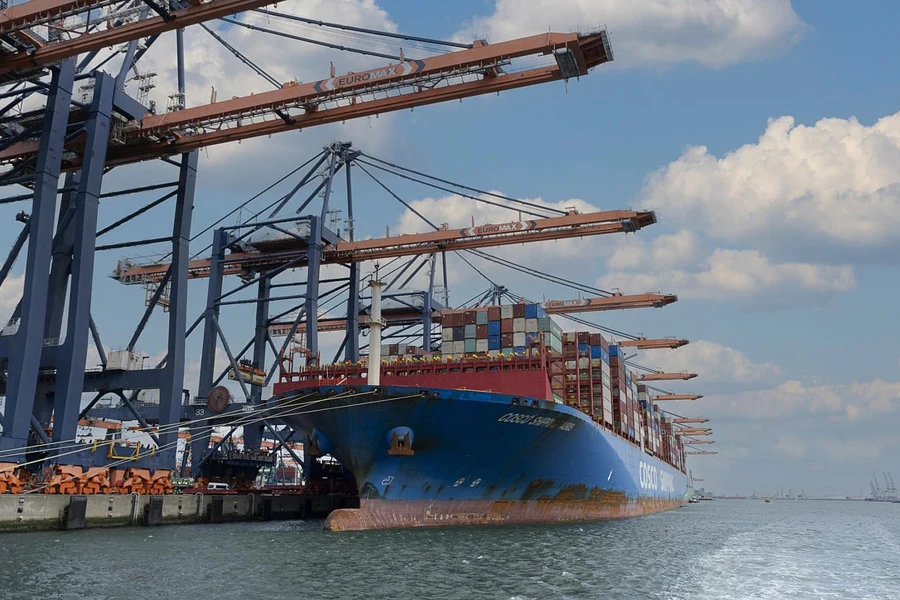
In the logistics industry, the term drayage represents the process and associated fees for moving a cargo from the manufacturer or warehouse to the origin terminal, and from the destination terminal to the final warehouse. In other words, drayage involves the short-haul transfer at both ends of the shipment, connecting the initial sender to the origin terminal and the destination terminal to the final recipient.
With respect to sea freight, one common example is the transportation of shipping containers by truck from their origin port to a nearby rail yard or distribution center. However, drayage does not pertain to sea freight only but can also include various types of goods and transport modes, including road freight and air cargo.
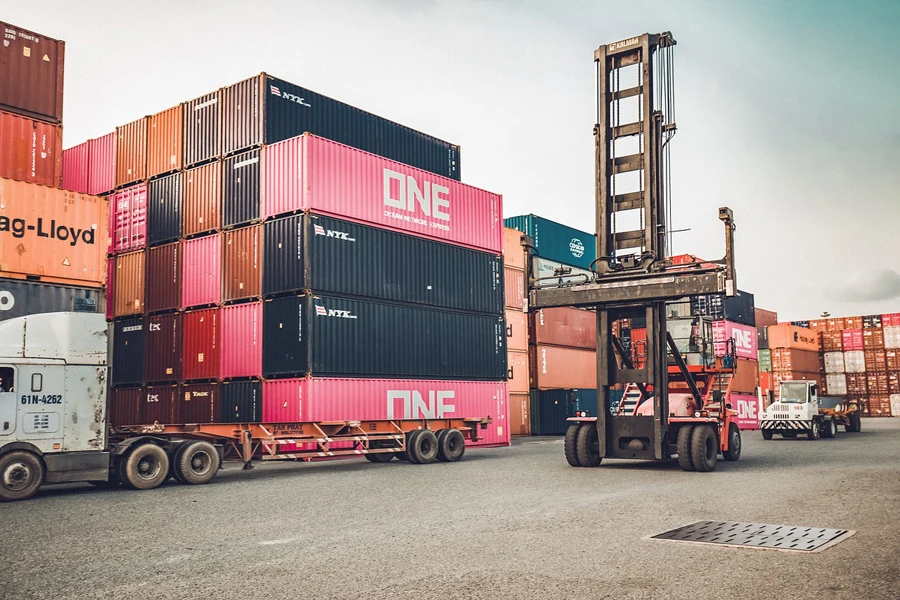
Meanwhile, it’s worth noting that drayage may also include much smaller-scale, niche distribution processes tailored to particular sectors, for example, in big retail shopping mall settings and event logistics. In retail distribution, drayage services might also cover goods delivery from a central receiving dock to individual retail stores within a shopping mall. In the case of event logistics, drayage may also include the process of transporting exhibition materials from a central warehouse to different booths within a convention center.
On the other hand, drayage also refers to the fees involved in the drayage process. While these fees typically fall within a standard range, they are not usually quoted upfront due to considerations for potential detention and demurrage fees. It is therefore vital for shippers to determine all potential drayage fees before selecting a particular forwarder.
In essence, the most integral aspect of drayage is its role in intermodal shipping. It acts as an essential component within the intermodal shipping process to ensure a smooth transit across various modes of transportation. The next sections will delve deeper into the types of drayage, which are intrinsically linked to intermodal drayage as a broader category of drayage, and explore the relationship between drayage and intermodal shipping in detail.
Types of drayage
The following are 6 most common types of drayage services available in the market now:
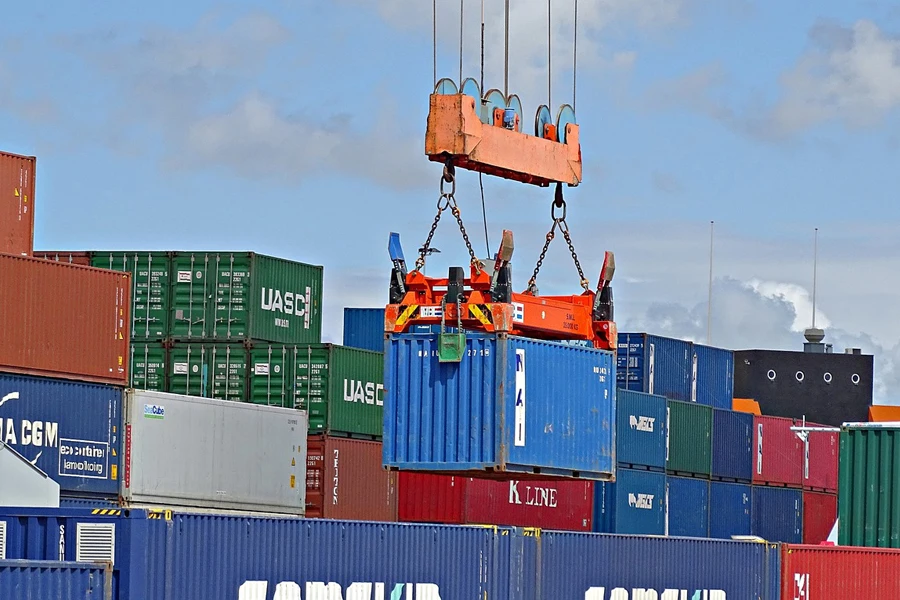
Pier Drayage
Although it is sometimes also known as port drayage, port drayage specifically refers to the transportation of cargo to and from ports and nearby locations over short distances. In contrast, while also related to the transportation of cargo to ports or piers, pier drayage places emphasis on train or rail hubs.
Fundamentally, pier drayage involves transporting shipping containers and cargo by truck from a train station or rail hub to a pier or dock of a port. This process enhances the efficiency and reliability of transferring containers for international maritime shipping.
Intra-Carrier Drayage
As the name suggests, intra-carrier drayage is a type of drayage that involves the movement of goods within the facilities owned by the same carrier, such as transport hubs, docks, terminals, or freight stations.
To put it simply, it is a form of short-distance transportation that occurs entirely under the control and ownership of the same carrier. Essentially, there is only a single carrier involved, even though multiple intermodal transport hubs may be covered.
Inter-Carrier Drayage
In direct contrast to intra-carrier drayage, inter-carrier drayage refers to services involving multiple different carriers. This can include transportation of cargo between the same freight mode or intermodal shipping, such as from a rail terminal to a trucking terminal.
According to the Intermodal Association of North America, inter-carrier drayage is also classified as cross-town drayage, as it involves the railway transportation of an intermodal unit “across town” to continue its journey.

Shuttle Drayage
Although shuttle drayage also involves the short-haul transfer of goods to and from the transportation hubs at both the origin and destination ends, it is unique from all other drayage types. Compared to standard drayage which typically involves transporting goods from destination ports or transportation hubs to warehouses, shuttle drayage moves cargo to temporary storage facilities with limited space.
Such a temporary arrangement often occurs during peak seasons when primary transportation hubs are either too full to take in more capacity or are experiencing operational delays. Even though this clearly adds an additional step in the logistics chain, it is an essential type of drayage to manage the overflow of goods due to the congestion at busy ports or transportation hubs.
Door-to-Door Drayage
Similar to shuttle drayage, door-to-door drayage is another unique type of drayage that does not involve the transfer of goods to warehouses or storage facilities. Instead, it is characterized by a direct delivery method– delivers goods directly to the end customer from the destination terminal.
At the origin port, door-to-door drayage often skips intermediate warehousing but sends goods straight to the destination port before delivering them directly to the end customers.
Furthermore, instances where goods are shipped directly from the seller’s warehouse to the destination terminal and subsequently to the end customer are also classified as door-to-door drayage since the primary characteristic of door-to-door drayage is its defining feature of direct delivery to the customer’s location.
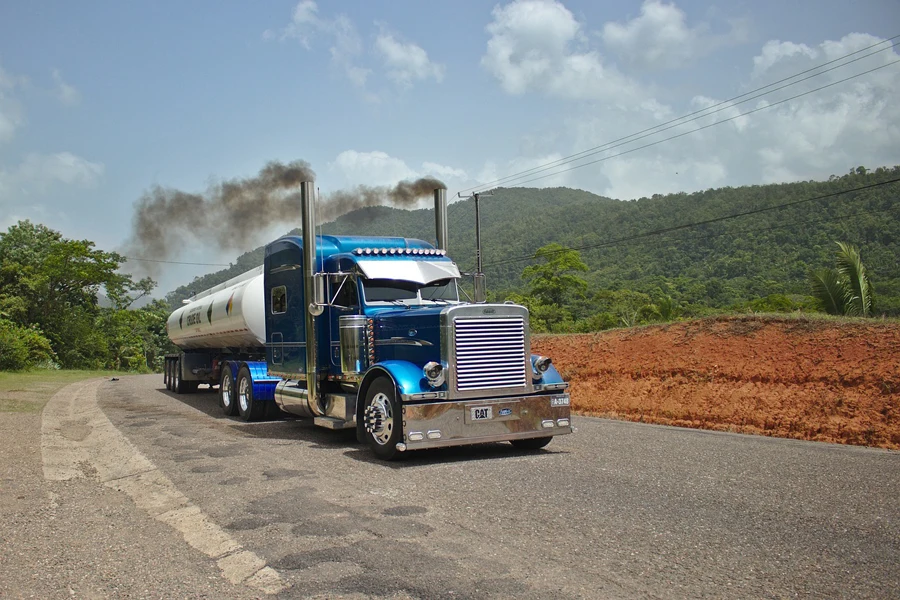
Expedited Drayage
As one may guess from its name, expedited drayage involves the transportation of time-sensitive, highly urgent, or fast-tracked shipments. It is significantly faster compared to standard drayage services and is therefore most suitable for perishable goods or any cargo with stringent timing requirements.
Upon pick-up from both origin and destination terminals, expedited drayage offers much quicker delivery and is hence ideal for shipments with urgent needs.
Drayage and intermodal shipping
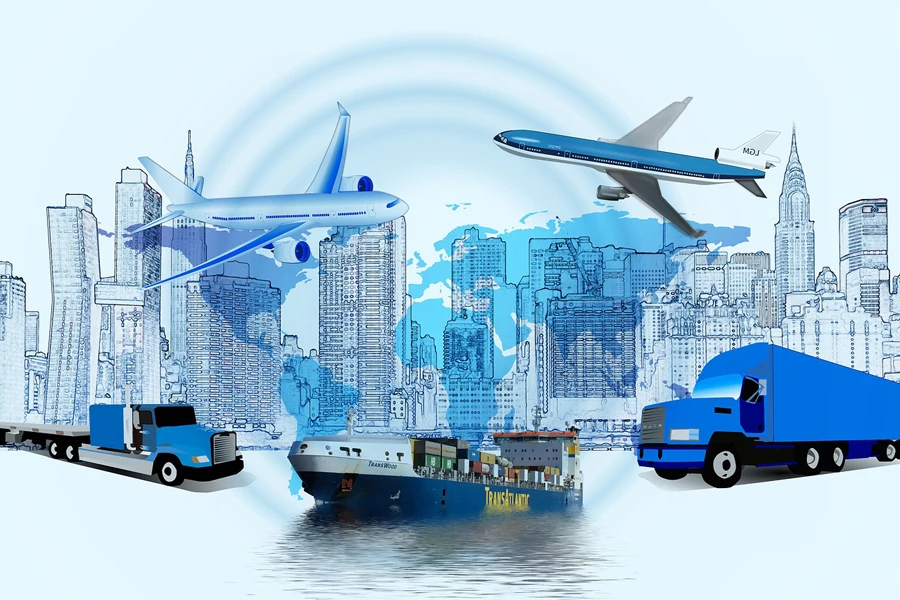
Let’s have a quick recap of intermodal shipping before discussing its connection with drayage. In a nutshell, intermodal shipping refers to the shipping process that involves multiple transportation modes from the origin location to the final destination.
However, intermodal shipping contains some unique characteristics that make it more than just a combination of different transportation modes. Besides utilizing various freight modes, intermodal shipping involves standardized shipping units (such as containers with standard sizes), the standard unit also ensures a more hassle-free and smooth shipping process since the repacking and sorting of goods can be minimized.
Overall, drayage helps to ensure a smooth cargo transfer across various transport methods by linking different transportation modes, such as ships, trucks, and trains, seamlessly over short distances.

The integration between drayage and intermodal shipping signifies a more timely and efficient movement of goods with minimal idle time, improving the overall supply chain efficiency by reducing transit times and costs. Consequently, this also contributes significantly to global supply chains, which heavily rely on intermodal transport to move goods from distant manufacturers to end customers.
Seamless movement

Drayage is a logistics term that involves short-haul transfers at both the origin and destination ends. It encompasses sea freight, road freight, and air cargo, facilitating the transport of goods via truck at both the origin and final terminal. Drayage also covers niche processes for shopping malls and event logistics. While generally standard fees, drayage is not usually quoted upfront due to potential detention and demurrage fees. It is hence crucial for shippers to determine all possible drayage costs before choosing a forwarder. The 6 most common types of drayage are pier drayage, intra-carrier drayage, inter-carrier drayage, shuttle drayage, door-to-door drayage, and expedited drayage.
Drayage is essentially part of intermodal shipping, and the connection between the two concepts is inseparable, especially when multiple legs of transportation are involved. Various types of drayage provide seamless integration that connects different transport modes efficiently and effectively.
Get easy access to essential online sourcing information, and stay ahead in your business growth and wholesale knowledge by visiting Alibaba.com Reads regularly to gain the latest insights and trends comprehensively.

Looking for a logistics solution with competitive pricing, full visibility, and readily accessible customer support? Check out the Alibaba.com Logistics Marketplace today.



